The lands that are now called Colorado are home to tens of thousands of Indigenous people from hundreds of sovereign nations across North American and nearby lands. Two federally recognized tribes sit within Colorado borders and many other nations have significant and unbreakable connections to these lands. Relative to the non-Indigenous population, these communities often feel ignored — and often harmed — by local news coverage.
This harm takes two forms: Invisibility and stereotypes. Daily news coverage either omits coverage of Indigenous people and communities or advances stereotypes by overly focusing on bad actors and traumatic experiences. Local news organizations often miss opportunities to make deeper connections with Indigenous communities that result in more nuanced and comprehensive stories.
Despite this history of exclusion, some Indigenous community leaders and journalists deeply value the role of media and storytellers in American life. They want to see better interactions and relationships between their communities and local news outlets so that the full and complex stories of Indigenous communities is more widely understood by all Coloradans. This visibility is the foundation to greater community building as elected officials, philanthropies, businesses and other leaders deepen their understanding of Indigenous cultures, histories and context.
These reflections on how local news and Indigenous communities interact were captured by Tara McLain Manthey, Osage Nation citizen and leader of a working group convened by the Colorado News Collaborative with support from the Colorado Media Project (CMP) in 2022. During a series of community conversations, McLain Manthey worked with Indigenous organizational leaders, journalists and community members as part of the Voices Initiative, which seeks to improve the relationship between local newsrooms and communities of color.
In the new report, “REACH, REPRESENTATION AND RESPECT: Recommendations to improve relations between Indigenous communities and local news in Colorado”, members of the Indigenous Voices working group present three calls to action for:
Respect: Understand Indigenous communities’ histories, cultures and contexts — from our point of view — to ensure accurate and respectful coverage
Representation: Combat invisibility and stereotypes by increasing nuanced coverage of Indigenous communities and hiring Indigenous journalists and storytellers
Reach: Build and strengthen long-term relationships between news media and Indigenous Coloradans across geographies, demographics and professions ......
To learn more about COLab’s Voices Project , click here.
To read the recommendations from the Black Voices working group, click here. To read the recommendations from the Latinx Voices working group, click here. To read the recommendations from the Asian, South Asian, Native Hawaiian and Pacific Islander Voices working group, click here.

